How police forensic scientist found major clue to Bogle-Chandler ‘murders’
A spur of the moment decision by a respected forensic toxicologist may have solved one of Australia’s biggest mysteries, shining fresh light on illicit sexual desires, open marriages and drug taking.
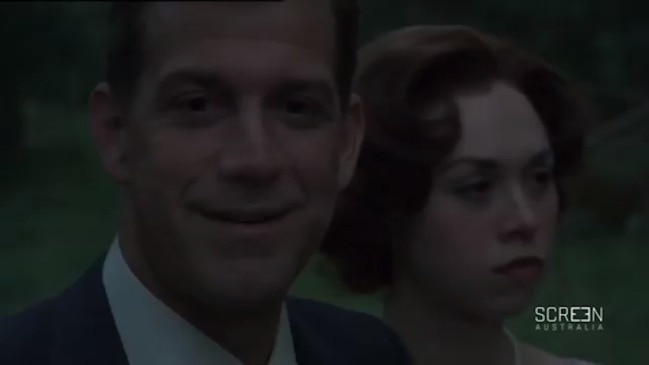
Cold Cases
Don't miss out on the headlines from Cold Cases. Followed categories will be added to My News.
One of the strangest cases, I’ve come across in my varied career was the mysterious death of Dr Gilbert Bogle and Mrs Margaret Chandler on the banks of the Lane Cove River in Sydney on New Year’s Day, 1963.
It would be some two decades later that I would look at the case and made a curious find.
Margaret Chandler while married to her husband Geoffrey, was attracted to Gilbert ‘Gib’ Bogle, a senior scientist employed by the Commonwealth Scientific & Industrial Research Organisation (CSIRO) where he was carrying out research into the physics of masers, a magnetic version of lasers.
It was a brief salacious affair, which unfortunately resulted in a double tragedy.
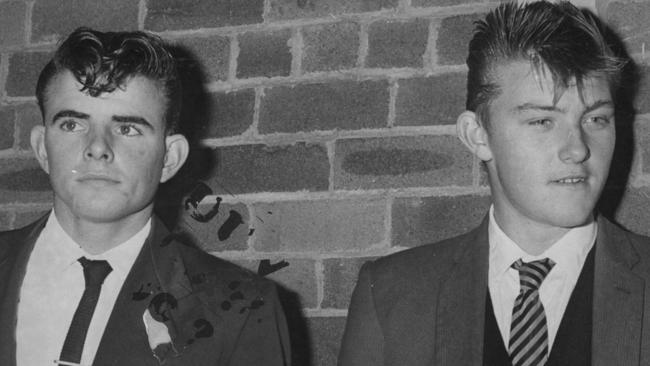
THE GRUESOME FIND
It was the morning after New Year’s Eve in 1963 when at 7.45am two boys were looking along the banks of the misty Lane Cove River in search of stray golf balls to supplement their ‘pocket’ money. Unfortunately, instead of golf balls the boys found on the narrow dirt track known locally as ‘lover’s lane’, a man in a suit lying face down on the ground. The boys initially thought he was just a drunk sleeping off an excess of alcohol consumed after the New Year’s Eve revelries from the previous night. When they returned to the man’s body sometime later, he hadn’t moved and the boys alerted police.
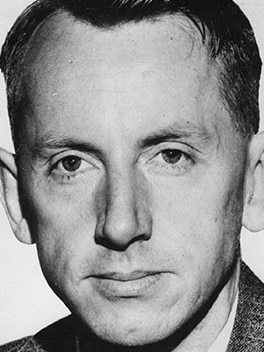
When Sergeant Arthur Andrews and Senior Constable Nicholls arrived in the police-issue Studebaker Lark sedan where they found him dead (this was further certified by a medical practitioner), but made a further bizarre discovery, he was not fully clothed as it first appeared, but was naked from the waist down. He had been covered with a piece of carpet and his suit trousers had been carefully placed over the lower part of his body.
Documents and various other papers on his body identified him as Dr Gilbert Stanley Bogle.
But there was more, some eighteen and half metres away in a shallow depression on the edge of the river was found the body of a woman under a few sheets of old cardboard from a broken beer box.
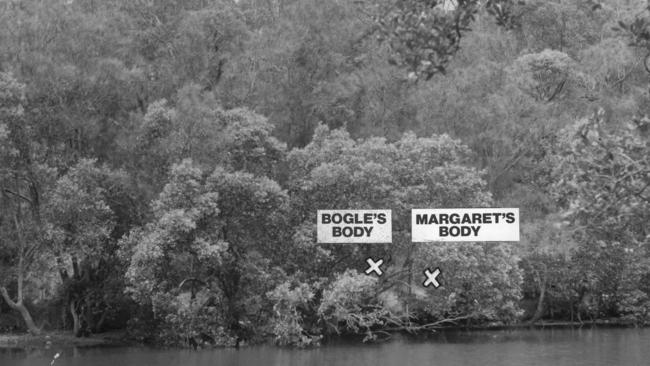
She was lying face up and her floral frock was bunched up around her waist. In addition, her bra had been pulled down to expose her breasts. A pair of men’s boxer underwear lay between her bare feet while her own panties were some metres away.

The body was later identified as Mrs Margaret Olive Chandler.
While, the stench of vomit and human excreta at the crime scene made it obvious to police that the couple had been poisoned, it appeared to have taken effect while they were engaged in sexual activity as semen was later detected on their clothing.
But, in both cases police could find no sign of violence, nor an apparent cause of death. It proved to be a very complex and difficult case, which had all the ingredients of an unsolved erotic murder mystery with a hint of Cold War espionage, which was to span decades.
MORE FROM OUR CRIMINAL HISTORY FILES
How ‘Paddy the Pig’ and his gang conned racegoers
Tragic case of the ‘Longreach Cinderella’
How ‘Flash Jack’ made his fortune from Ned Kelly’s hanging
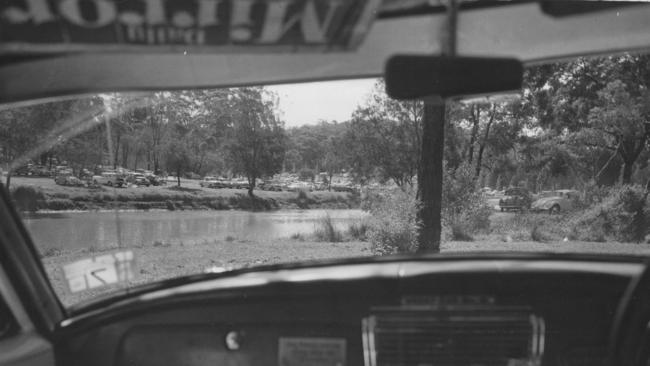
THE GOOD DOCTOR
Dr Gilbert Bogle was a talented physicist and Rhodes Scholar who worked at the CSIRO and was married to Vivienne Mary Bogle (Rich), a former schoolteacher and fellow graduate of Victoria University College, with three children, one of whom was born after Gilbert’s death. However, police discovered that Bogle was involved in a number of extramarital affairs with other women, many of whom he took to parks for romantic liaisons as he had a penchant for outdoor sex.
Margaret Chandler was married to Geoffrey Arnold Chandler and the couple had two children. Mr Chandler worked as a scientific photographer in the same CSIRO building as Dr Bogle while Mrs Chandler was a qualified nursing sister. They appeared to have had an ‘open marriage’ and had an ‘understanding’ which essentially, meant they agreed to take on lovers outside their marriage.
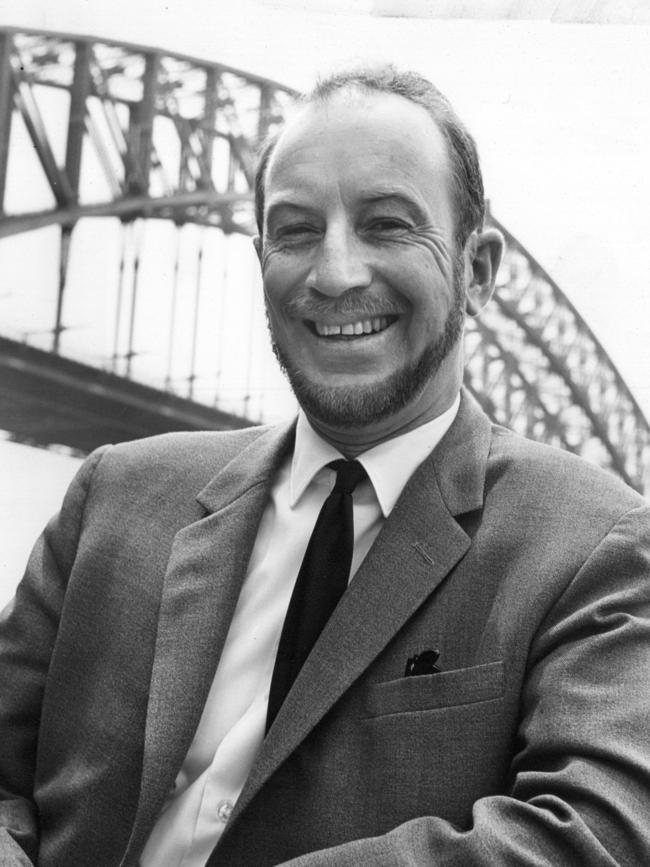
It was a strange relationship. But appeared to work for the couple.
It was just prior to Christmas 1962, that Dr Bogle, the Chandlers and a number of others including Ken and Ruth Nash, attended a barbecue. Ken Nash also worked at the CSIRO.
It had been a small, relatively ordinary gathering. Dr Bogle had been the ‘life of the party’ and it was soon obvious that Dr Bogle and Mrs Chandler, had ‘eyes for each other’.
On the way home Mrs Chandler commented to her husband that she was quite taken with Dr Bogle. He supposedly replied, “If you want Gib (Gilbert) as a lover, if it would you make you happy, do it.”
Geoffrey Chandler was an associate of the bohemian Sydney ‘Push’, a predominantly left-wing intellectual subculture in Sydney at the time which rejected conventional morality and authoritarianism (essentially, the lack of concern for the wishes or opinions of others).
Hence his lack of concern about his wife’s interest in Gilbert Bogle. Besides, he had extra marital interests too!

Ken and Ruth Nash subsequently invited the Chandlers along with Gilbert Bogle, to his New Year’s Eve party which was held at the Nash’s home in Waratah Street, Chatswood.
Mr Chandler and his wife arrived the party, but about 11.30pm he left the party supposedly, to buy cigarettes and drove to the suburb of Balmain where he met Pam Logan with whom he was having an affair. He returned to the Chatswood party at about 2.30am but left again to return to Balmain after agreeing that Dr Bogle would take Margaret Chandler home.
Sometime after 4am Dr Bogle and Mrs Chandler discreetly left the party and drove to the nearby Lane Cove River for their final sexual liaison.
It was after midday on 1st January 1963, that the respective Chandler and Bogle families were notified by police of the grim news of the double tragedy.
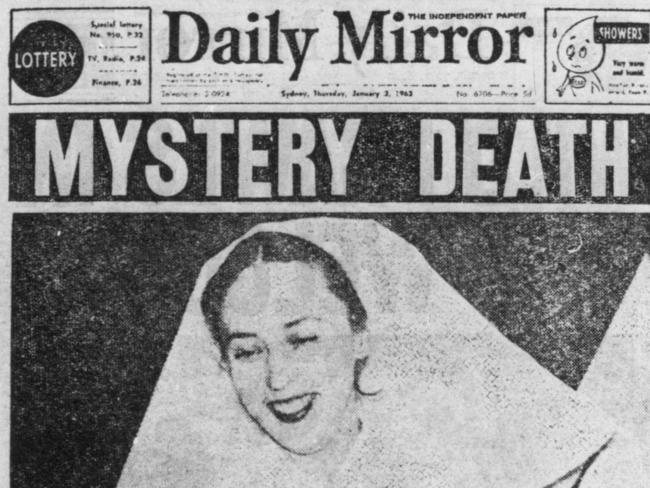
The case was soon to be widely reported resulting in something of a media circus.
Mrs Chandler’s husband, Geoffrey was accused of the murders, but was never prosecuted due to lack of evidence. The most crazy (and unsupported) theories that surfaced was that Bogle was a spy, another was that the couple had taken LSD.
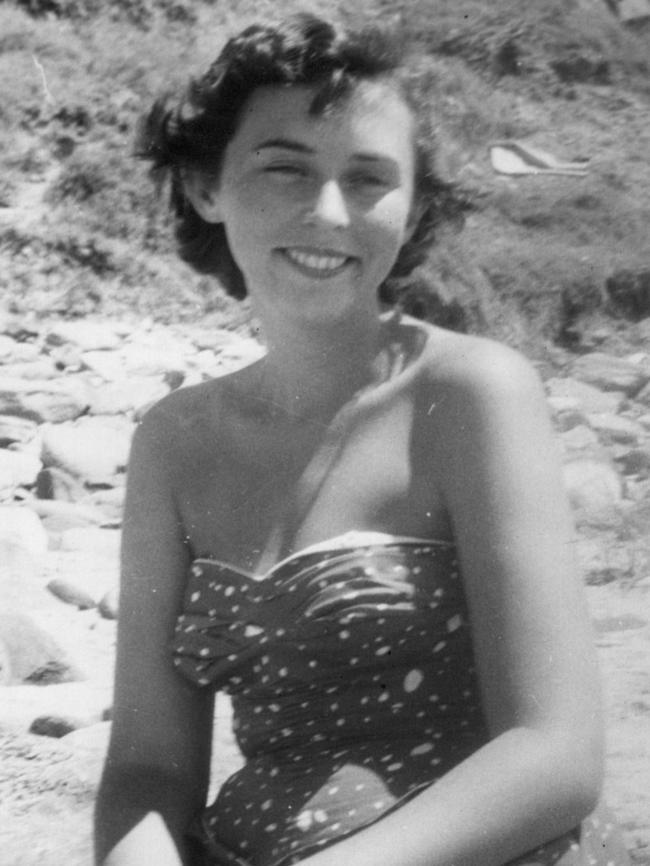
Honestly, none of this stuff and/or theories was backed up by solid scientific evidence.
But more importantly, a fellow party guest said that Bogle and Chandler appeared intoxicated at the party.
Curiously, it was apparently a very staid party with a limited amount of alcohol on offer!
The autopsies on their bodies of Dr Bogle and Mrs Chandler showed no signs of violence apart from some purple/blue coloured patches on their bodies and the conclusion they had died from a poison that was never identified.
Eventually, a local greyhound trainer owned up to having found the couple early New Year Day’s morning, and decided to cover them up but also, to avoid police involvement.
He too, was cleared of any other involvement in their deaths.

INCONCLUSIVE INQUEST
At an inquest held in May 1963, the coroner, Mr J.J. Loomes found that Dr Bogle and Mrs Chandler had died because of “Acute circulatory failure. But as to the circumstances under which such circulatory failure was brought about, the evidence does not permit me to say.”
Essentially, they died from either their hearts stopped beating or they stopped breathing.
All deaths occur because of either these failures, whether through ill health, poison or fatal accidents from organ damage.
But, the actual cause of the deaths in this instance was unknown.
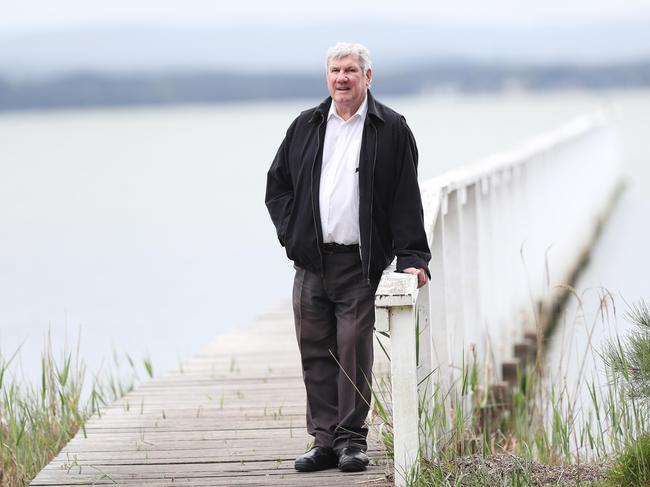
THE FIND
Fast forward, just short of two decades after the incident, I found myself working in the Forensic Toxicology laboratory at the Division of Analytical Laboratories at Lidcombe back one evening in 1981, where I was employed as a forensic analyst and had to run a series of post-mortem toxicology samples on the gas chromatographs (GC) for an overnight run.
The samples were extracted, but there were several other spaces left in the GC carousel.
Then, I saw on entering the cool room, two samples which I thought were worth further screening. There were only two bottles of blood one labelled: ‘Dr Gilbert Bogle’ and the other: ‘Mrs Margaret Chandler,’ and no other organ samples available.

The blood samples were heavily haemolysed and I didn’t expect much to come out of the screen. After all, some eighteen years had passed since these unfortunate, albeit controversial deaths had occurred.
The Bogle – Chandler case became quite well-known due to the strange circumstances in which the bodies were found and also because the cause of death could not be determined.
But, I thought it was still worth testing them and included them in the gas chromatographic (GLC) screen. The following morning I checked the chromatograms and apart from the ‘usual suspects’, the Bogle/Chandler samples were a surprise. Certainly, for the latter part of their chromatograms. The earlier part of the chromatogram was a ‘mess’, due to the extensively haemolysed blood. But, more importantly, there was a late eluting peak which had a Kovats Indice corresponding to the drug, Yohimbine.
It was detected in both samples – and confirmed on two chromatographic columns (OV17 and SE-30). The thin-layer chromatographic (TLC) evidence with a reference standard Rf-5 (Retention factor) which backed up the GLC data.
This was very unusual for two corresponding deaths.
I was now certain, based on the chromatographic evidence, that the drug responsible was Yohimbine. All that was needed now was a mass spectrum of the chromatographic peaks and this would have been the clinching evidence! Unfortunately, this did not eventuate as the laboratory was in turmoil, and I was subsequently transferred to the Blood Alcohol Section.

OUT OF AFRICA
Yohimbine is found in the barks of two evergreen trees namely, Pausinystalia johimbe and Corynanthe yohimbe (Rubiaceae) found in parts of Central and Western Africa. The drug is also found in a of number of other plants including Rauwolfia Serpentina root also known as Indian snakeroot or in this case, appropriately named, devil pepper. Extracts from yohimbe have been used in traditional medicine in West Africa as an aphrodisiac.
When the drug is taken orally to arouse sexual excitement, for erectile dysfunction (ED) by increasing blood flow and nerve impulses to the penis and/or vagina. It also helps to counteract the sexual side effects caused by medications for depression. It is available under several trade names including ‘Aphrodyne’ and ‘Yohimex’.
However, adverse side effects include increased heart rate, high blood pressure dizziness, flushing of the skin and nausea. There are recorded cases of a 69-year-old man dying during sexual intercourse after taking Yohimbine and a 30-year-old woman found dead after consuming Rauwolfia powder.
Could this have been the means that resulted in the deaths of Dr Gilbert Bogle and Margaret Chandler? I believe the police investigating the matter at the time were close to the mark.
A similar case in Hong Kong was found four years later in 1967 by Dr Pang Teng Cheung, Director of Forensic Medicine, Hong Kong Police. He had uncovered two deaths of a couple that showed the same strange features as Dr Bogle and Mrs Chandler. This couple had died after taking Yohimbine. There were rumours that Dr Bogle was suffering from sexual difficulties, a terrible development for someone with his excessive desires. Could his new lover have tried this exotic drug, with fatal results? Mrs Chandler was a registered nurse. Hence, she would have had access to various drugs including, Yohimbine at that time namely, “Aphrodine” and “Yobinol”.
Police initially suspected poisoning of the couple and I have to agree. Firstly, why did the couple chose that location even with a roll of carpet to lie on, when a vacant bedroom was to be had with a comfortable bed which had been offered?
Secondly, it appeared their lust for each other had eclipsed other rationale, which was most likely drug enhanced, if not induced.
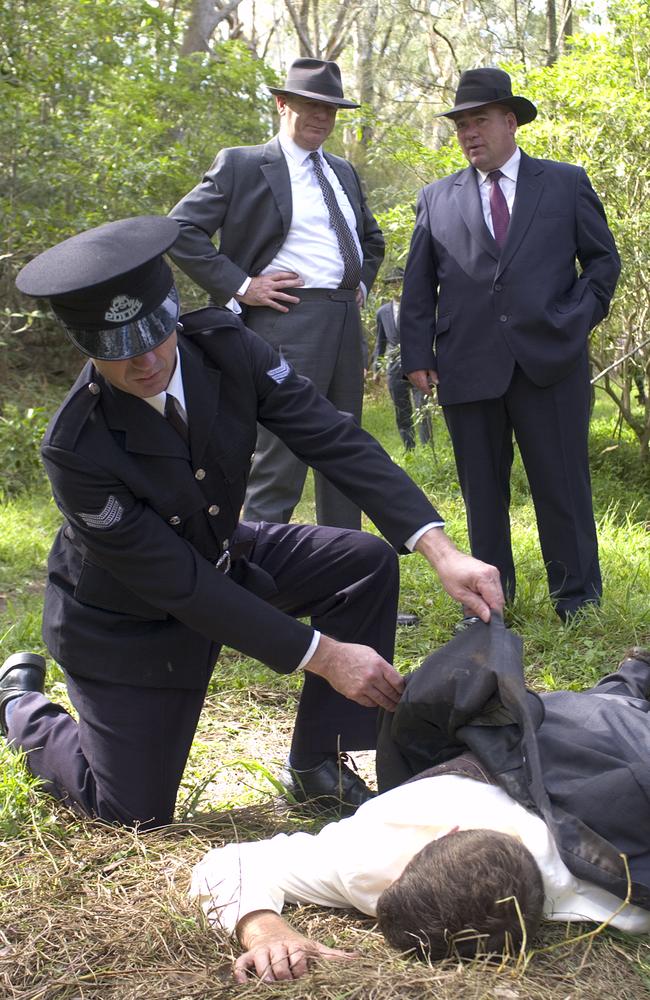
THEORIES
Many theories were published at the time, some quite outrageous and I’m sure were just to sell papers. So, I will not give them mention.
However, another plausible theory which surfaced quite recently was presented by Peter Butt in his book titled, Who Killed Dr Bogle and Mrs Chandler?, where he suggested that the two deaths were caused by accidental hydrogen sulphide poisoning from the contaminated Lane Cove River.
This was followed up by a documentary shown on the ABC in September 2006. I have to agree up to a point, hydrogen sulphide (commonly known as ‘rotten egg’ gas) is very toxic and is comparable to hydrogen cyanide in toxicity. I had a case where two sewerage workers had climbed down an inspection shaft and succumbed to the gas that had accumulated at the bottom. Their attempted rescuer, almost died too, trying to save them.
Also, eruptions of noxious gas from river beds (upwellings) and other water sources such as lakes, have occurred around the world. For example, on 21 August, 1986, a deadly cloudy mixture of carbon dioxide and watery mist arose violently from Lake Nyos, Cameroon in West Africa. As the lethal cloud swept down adjacent valleys, it killed over 1700 people, thousands of cattle and native wildlife including, birds and animals.
But the most important feature of this awful incident, it not only killed humans, it also killed other wildlife too.
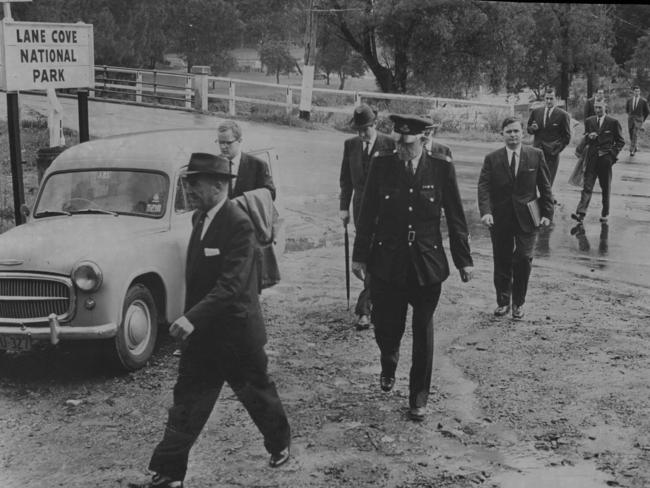
In the Bogle/Chandler scenario, no other obvious dead wildlife were found on the river banks, apart from some dead fish found in the river. If there was an ‘eruption’ of hydrogen sulphide from the river as has been suggested, why wasn’t the area ‘littered’ with dead animals such as rabbits, foxes and possums? As such none were reported apart from a “smelly dog” who ventured into the area – and was still alive!
Given it was a New Year’s Eve party and the free and easy relationships that existed at the time with this group of people, I believe it was most likely a drink-spiking prank that had gone terribly wrong – or one of the participants of the sexual tryst, wanted to ‘turn the other on’ but used too much of the drug to their terrible detriment.
Dr Will Allender, forensic toxicologist and author, had a distinguished career as a forensic expert dealing with some of the highest profile death cases in Australia including the death of Dianne Brimble on a P&O cruise, retiring from the NSW Police forensic unit in 2018.
Originally published as How police forensic scientist found major clue to Bogle-Chandler ‘murders’
